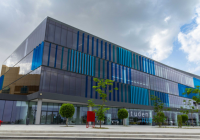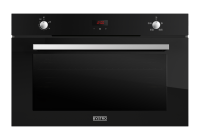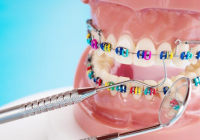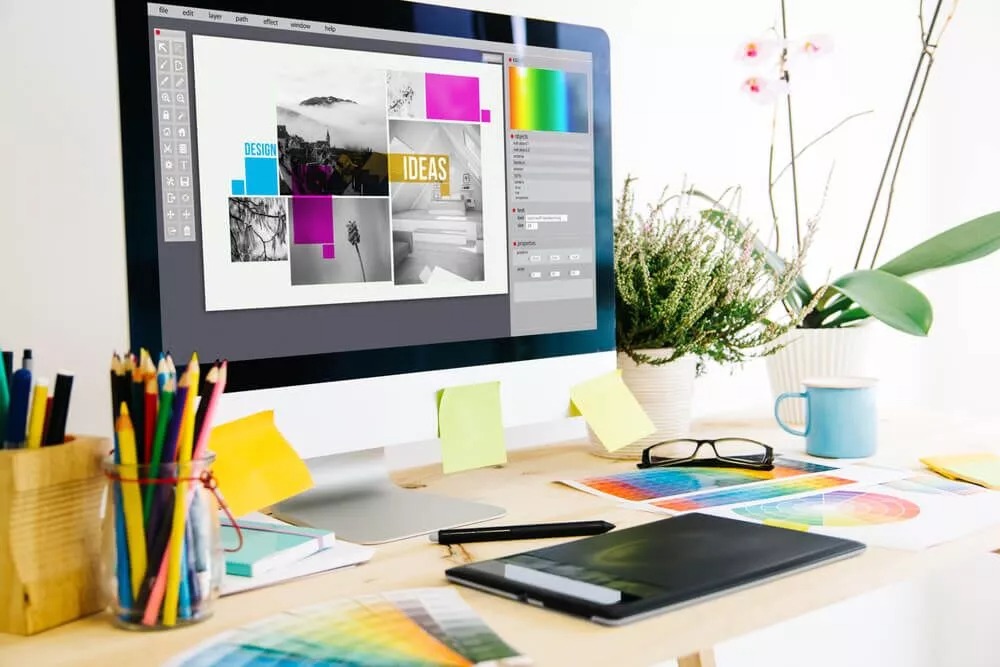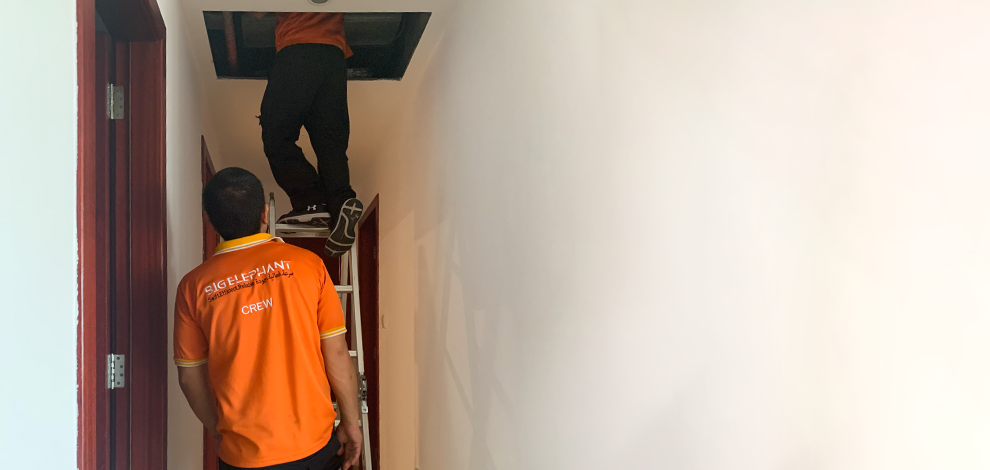Tips For Making The Most Of Your University Experience
our university experience is essential for personal growth, academic success, and future career opportunities. If you are studying in one of the top 10 universities in UAE, here are some tips to help you enhance your university experience and make the most of your time on campus: Get involved in campus activities: Participate in extracurricular activities, clubs, and organizations that align with your interests and passions. Whether it’s joining a student club, volunteering for community…
Read More